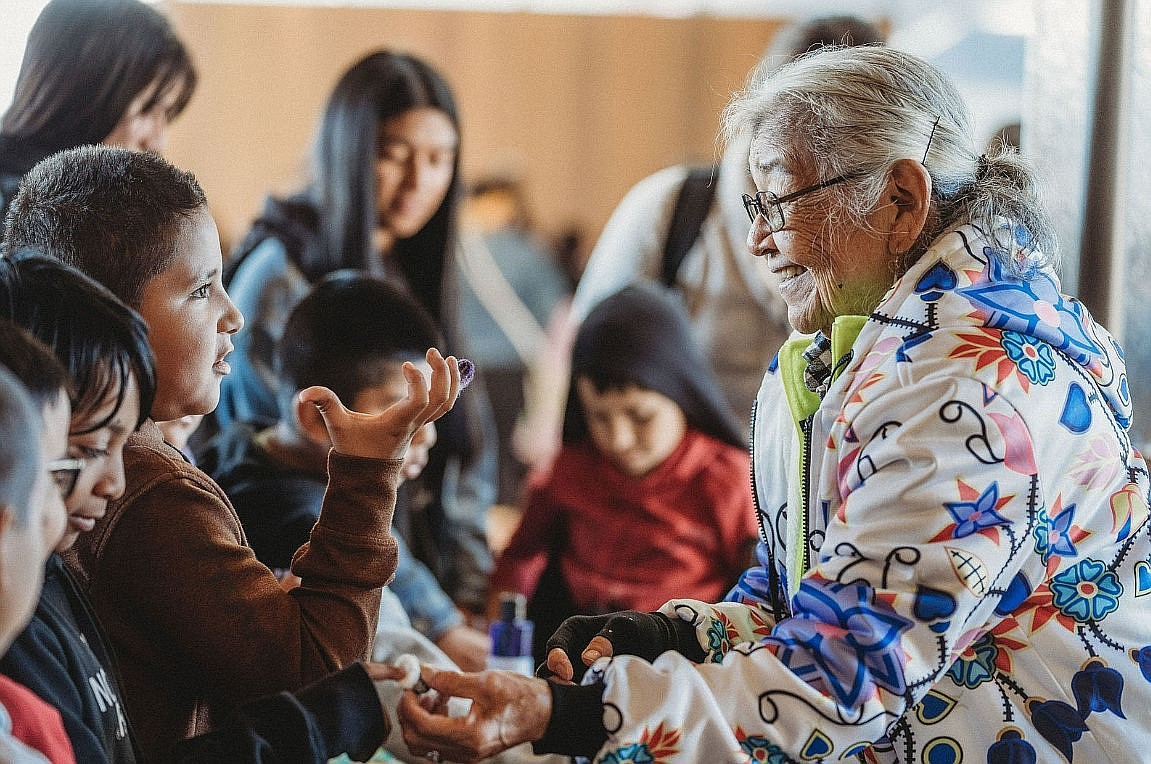The Warrior stands
MATTAWA — To the Wanapum, residents of Mattawa and the Wahluke School District, the Wahluke Warrior is a symbol of a longstanding and valuable relationship, one that goes beyond the school.
Become a Subscriber!
You have read all of your free articles this month. Select a plan below to start your subscription today.
Already a subscriber? Login




